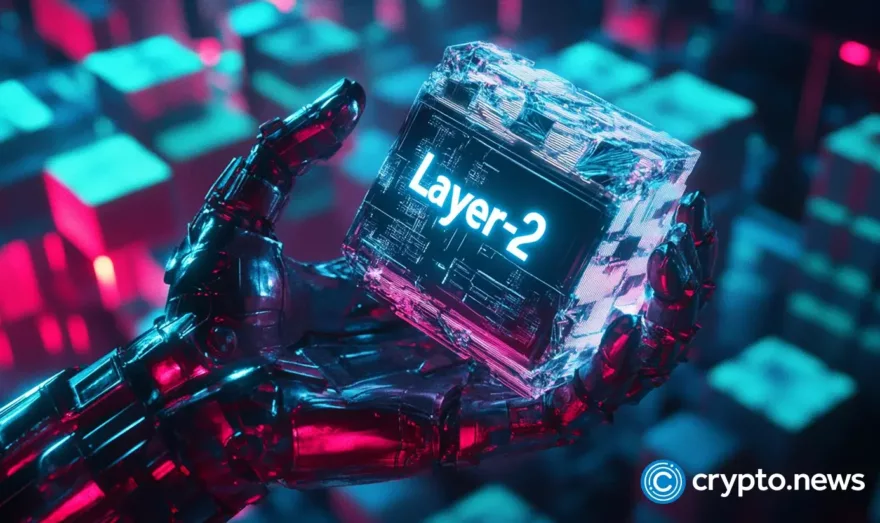The State of Average Block Sizes and Scaling Debate: An Overview

Industry leaders, dominant startups, and bitcoin and security experts have contributed to the on-going and seemingly neverending block size debate
Bitcoin core developers including Jeff Garzik and Gavin Andressen have proposed various Bitcoin Improvement Proposals (BIPs) such as the BIP 202 and BIP 101, to increase the block size to prevent transactions from being delayed due to lack of confirmations.
For the past two years, bitcoin enthusiasts and experts have been debating the appropriate margin of block size, considering the technological capabilities of the Bitcoin network and economic factors.
Bitcoin experts, leading startups, core developers, and investors also hosted Bitcoin Scalability Workshops in Montreal and Hong Kong in an attempt to reach a consensus regarding the block size debate. Interesting concepts emerged during these workshops, including Pieter Wuille proposal called Segregated Witness. Sponsored by the world’s leading corporations and Bitcoin-related businesses such as PWC, BTCC, BitFury and F2Pool, the workshops facilitated proposals with simulation and technical results.
Since January 1, 2013, the number of transactions on the blocks of the Bitcoin network have been increasing at a rapid pace, rising from around 100,000 bytes to 500,000 bytes in two years. Although many figures in the community try to predict the average block size by the trend and financial data provided by various analytics tools like Tradeblock, it is extremely difficult to assume the trend of transactions, considering the nature of the Bitcoin network.
However, BIPs such as Andressen’s proposal to increase the block size by 8 megabytes have been heavily criticized, regardless of the support they has received from prominent Bitcoin startups including blockchain.info, Xapo and BitPay.
Interestingly, the majority of the complaints seem to derive from the current economical needs of the Bitcoin network. An increasing number of Bitcoin enthusiasts have begun to ask the question, “Are blocks really full?”
At some point in the future, once the Bitcoin network reaches its maximum capacity and cannot handle the number of transactions, surely, it will have to scale. However, based on the average sizes of Bitcoin blocks, the implementation of a proposal like BIP 101 to increase the block size by 8 megabytes may not be quite so urgent.
More importantly, it is still unknown if the Bitcoin network will be able to deal with the security issues which could surface after the integration of hard forks.
As Bitcoin and security expert Pete Dushenski explains, “To bring this into relevant (Bitcoin) terms, the size of the city is the Blockchain and the height of its walls is the network’s hashrate. As such, the larger the Blockchain, the more hashpower is required to maintain the same level of security. Larger things are inherently more fragile and are therefore exponentially more resource intensive to protect from the forces of nature.”
As a counter proposal to such changes which may negatively affect the Bitcoin Network, Bitcoin core developer Jeff Garzik proposed BIP 202, to increase the block size by 2 megabytes and take small steps in scaling the network.
“Many BIPs including BIP 100 possibly featured large steps. This potentially creates a supply shock. Smaller steps create less economic shock, other things being equal,” said Garzik.
Although a fairly large number of miners and startups have been supporting BIP 101 or the proposal to increase the block size by 8 megabytes, there are still many experts and miners who are opposed to big changes which may cause unpredictable results that may leave the Bitcoin network vulnerable.
Coinbase CEO Brian Armstrong for example, has been quite vocal about his support for Bitcoin XT and Andresen’s proposal to increase the block size by 8 megabytes.
“Coinbase is now running BitcoinXT (BIP101) in production as an experiment, blog post with more details coming soon,” announced Armstrong on December 26, 2015.
He further emphasized that the block size of Bitcoin has increased by nearly 100% over the past year and it didn’t hurt the decentralization of Bitcoin.
“We already tried doubling the block size last year, and it didn’t materially hurt decentralization (a 6% drop in full nodes),” he stated in a blog post.
Established bitcoin transaction processor and mining firm KnCMiner also stated that they support bigger blocks, specifically BIP 101 and 100. “Clarifying; we support bigger blocks and like both BIP100 and BIP101 — we believe either of those two avenues would propel Bitcoin for all.”
Amid the concerns surrounding the centralization of Bitcoin during a hark for implementation, Bitcoin angel investor Roger Ver emphasized that in the long term, raising the block size limit may increase decentralization as it will increase the number of full nodes around the world.
“In the long term, raising the block size limit will likely increase the number of full nodes around the world, and increase decentralization,” Ver said on Twitter.
Vinny Lingham, South African Internet entrepreneur who is the co-founder & CEO of Gyft also stated on Twitter that the block size debate will have to come to an end very soon, before the transactions and the price of bitcoin surges.
“The biggest risk to Bitcoin now, is that if the price rises too quickly & tx’s increase, the block size debate will need to end, abruptly,” said Lingham.
Currently, there are three sides to the argument. One supports the implementation of a hard fork and to increase the block size by a certain size before the transaction volumes skyrockets. The second side believes in allowing the Bitcoin network to scale on its own naturally over time. The last proposes a soft fork, to increase the block size with small steps to observe its impact on the network.
It is hard to speculate which side the miners in the network will prefer in the upcoming months. However, many experts including Erik Voorhees and Vinny Lingham believes the block size debate will come to an end some time in 2016.













